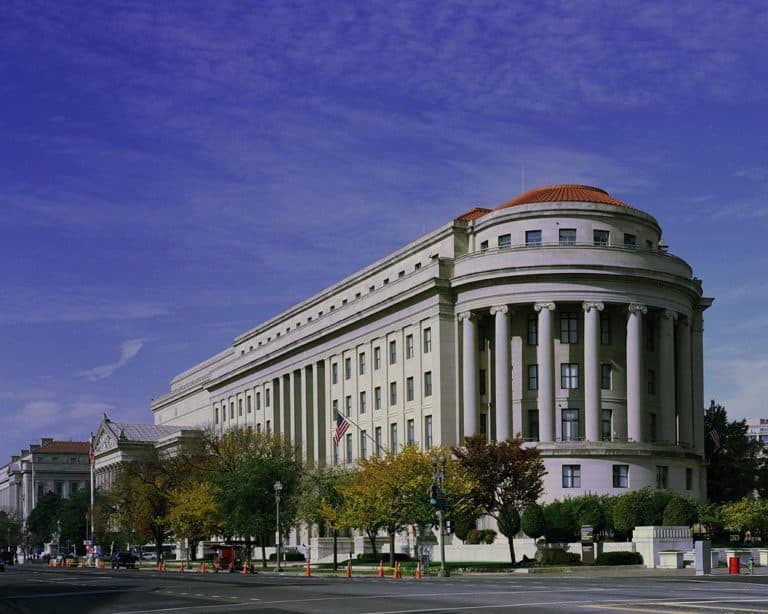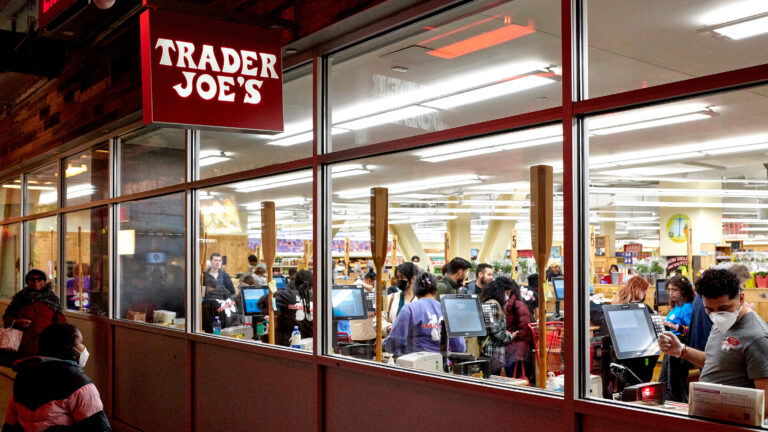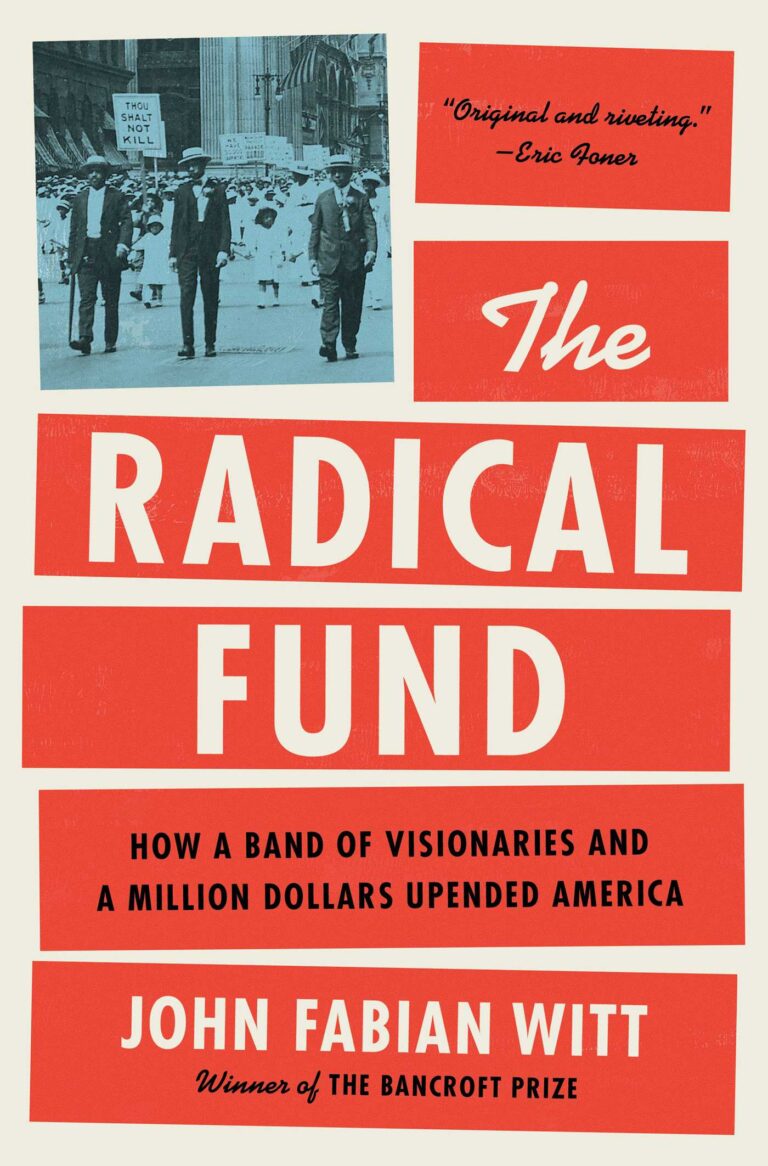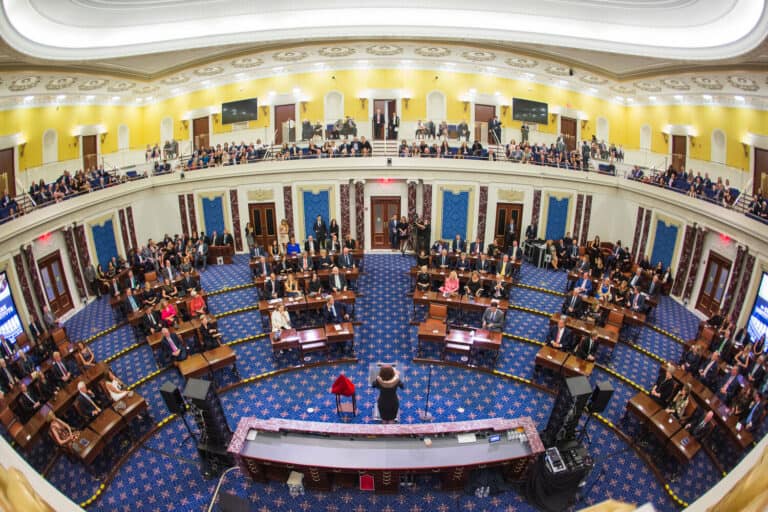Melissa Greenberg is a student at Harvard Law School.
Yesterday, the New York Times reported that President-elect Donald Trump announced two agreements with unions at the Trump International Hotel Las Vegas and the Trump International Hotel D.C., a move that could reduce conflicts of interest between the President-elect and the National Labor Relations Board. As president, Donald Trump will have the power to fill empty seats on the Board and be responsible for appointing a new general counsel when the current general counsel’s term expires in November 2017. There are currently two vacant seats on the National Labor Relations Board. Harry I. Johnson’s term expired in August 2015, and the Senate never acted on President Obama’s renomination of Kent Y. Hirozawa. Chairman Mark Gaston Pearce’s term will expire on August 27, 2018. Member Phillip A. Miscimarra’s term will end December 16, 2017, and Member Lauren McFerran’s term will expire on December 16, 2019. As a result, President-elect Trump could eventually appoint all five members to the Board. In Las Vegas, the hotel and Unite Here reached a four-year union contract covering approximately 520 workers. The contract includes a pay raise, access to a pension, and company-sponsored health insurance. The hotel’s refusal to bargain with the union had been the subject of litigation before the National Labor Relations Board and in federal court. At the Trump International Hotel in D.C., the Trump Organization agreed to remain neutral in an unionization election, which will allow a card-check rather than a secret ballot election to take place.
The Upshot published a blog on the lack of discussion of automation’s effect on the workforce during the campaign. Although trade dominated the discussion of job loss, automation plays a far bigger role than globalization on eliminating jobs. According to a study from Ball State University, trade accounted for just 13 percent of job losses in the manufacturing sector. However, it is not just manufacturing jobs that are at risk. A McKinsey report predicts that 45 percent of actions workers are paid to perform could be automated. Labor economists suggest that “there are ways to ease the transition for workers,” such as “retraining programs, stronger unions, more public-sector jobs, a higher minimum wage, a bigger earned-income tax credit and, for the next generation of workers, more college degrees.” However, Trump has continued to focus on trade and trying to prevent the offshoring of jobs. Read more here.
In other automation news, Uber was forced to pull its self-driving cars from San Francisco after the Department of Motor Vehicles withdrew their registrations. The Department claims that the company had failed to properly register the vehicles because they had not obtained a special permit for autonomous cars. Uber argues that their cars to do not fall within the state’s definition of “autonomous” because the cars must have a person constantly overseeing their driving. If the state designates Uber’s cars as “autonomous,” the company would have to report all crashes. The company continues to test their self-driving cars in Pittsburgh. Read more here.






Daily News & Commentary
Start your day with our roundup of the latest labor developments. See all
November 13
Condé Nast accused of union busting; Supreme Court declines to hear Freedom Foundation’s suit challenging union membership cancellation policies; and AFT-120 proposes a “Safe Sleep Lots” program for families facing homelessness.
November 12
Starbucks and the NLRB face off over a dress code dispute, and mental healthcare workers face a reckoning with AI.
November 11
A proposed federal labor law overhaul, SCOTUS declines to undo a $22 million FLSA verdict, and a railroad worker’s ADA claim goes to jury trial.
November 10
Meta unveils data center ads; partisan government emails blocked by judge; thousands protest in Portugal.
November 9
University of California workers authorize the largest strike in UC history; growing numbers of legislators call for Boeing to negotiate with St. Louis machinists in good faith; and pilots and flight attendants at Spirit Airlines agree to salary reductions.
November 7
A challenge to a federal PLA requirement; a delayed hearing on collective bargaining; and the IRS announces relief from "no tax on tips" reporting requirements.